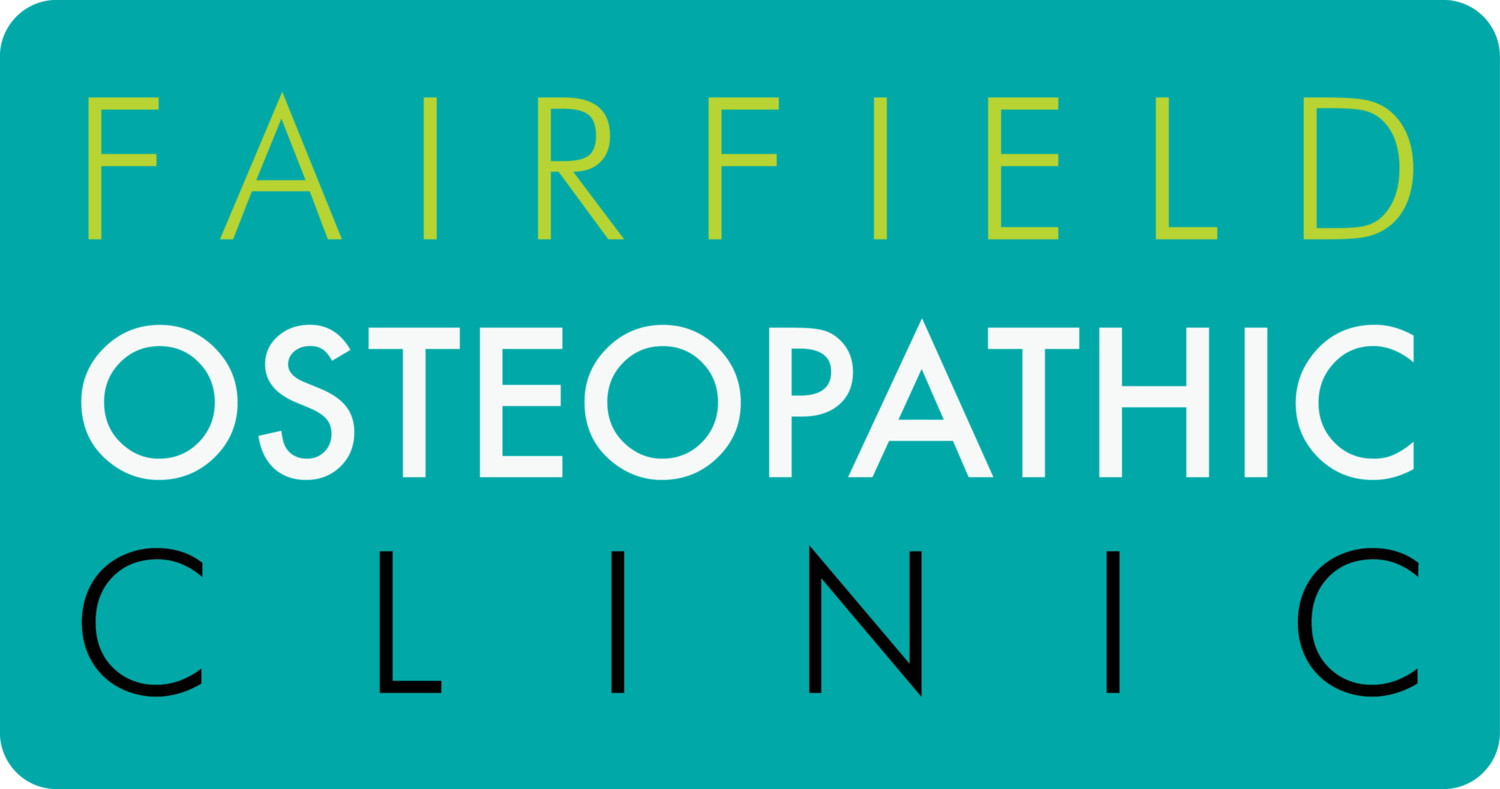Ain't that swell(ing)?
A relaxing exercise to relieve tired legs and promote fluid return
There will never be enough research to provide answers to every possible clinical question but in regard to uncomplicated swelling, there are some well researched options including: compression, elevation and specialised physical activity.
Swelling can occur in a single joint, or in a limb due to trauma, congestion due to inactivity or heat, or post-surgery. Complicated swelling in a limb or more widespread swelling can be caused by issues with the heart and vascular system or the kidneys.
When you see both ankles swollen after a long, hot, day at the races, this is most likely simple, uncomplicated swelling, with some pooling of lymph fluid. Lymph is mostly contained within a series of vessels called lymphangions but it continuously circulates in and out of the tubes, into the tissues, to provide nourishment and collect leftover metabolic products. The tubes are muscular and capable of contracting and propelling the lymph forward in a series of movements but they also rely on the compression of the skeletal muscle contractions that happen during normal everyday activities, like walking (1).
So if you’re standing around in high heels at a party or standing in the sun watching your son’s soccer match for long periods, then the lymph fluid can pool at the end of the limbs - fat toes, swollen ankles and tight rings on your fingers. You may also experience a sensation of heavy legs.
My take home advice for this uncomplicated swelling is a mobilisation at home. I might also suggest it for people who might be struggling to move some fluid in their ankle after a sprain, or they are experiencing slightly swollen legs in the afternoon (lymphoedema tardis) on hot days. It can also be helpful for DOMS (delayed onset muscle soreness) for people who have worked out the day before.
This move is a combination of elevation and activity. It was inspired by ‘legs up the wall’ in yoga and the ‘prancing’ moves that you do on a reformer in Pilates. It gets people on their backs, relaxing for five minutes or more, it empties the legs and mobilises the feet and ankles. It promotes the normal drainage of lymph and is different to manual lymph drainage, which is a specialised massage technique.
Legs up the wall/elevated with Prancing
This can be completed once daily, especially after a long period of sitting or standing or walking. Most likely at the end of the day.
Lie on the floor with your legs and feet up the wall or elevated on the couch.
You should be comfortable so it's not about getting a stretch behind the leg.
Alternately, point and flex your toes and knees - prancing!
Complete about ten times and then have a rest and complete again and again over a period of around five-ten minutes. You can separate your toes on/off through the process. You can also push your heels into the wall/ottoman/couch to work the big muscles behind the legs.
In your breaks take some slow, deep breaths *
Your legs might feel tingly, this is a signal to move out of the position.
Bring your feet slowly down the wall
(PAUSE PAUSE PAUSE)
Roll to your side
PAUSE as your blood pressure will have changed.
Come to sitting
(PAUSE PAUSE PAUSE)
Then come to standing
* Breathing also propels lymph up and out of limbs due to the suction pump like affect created by the lungs and diaphragm.

